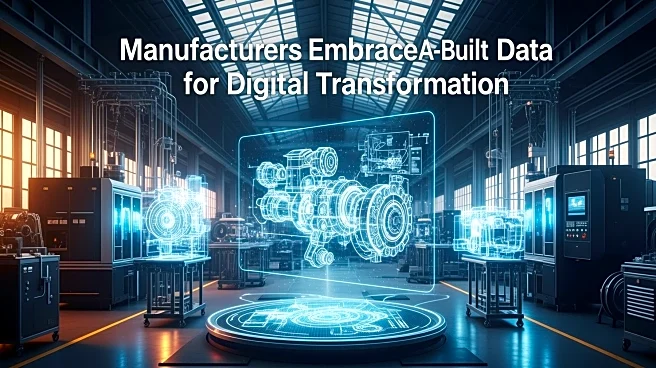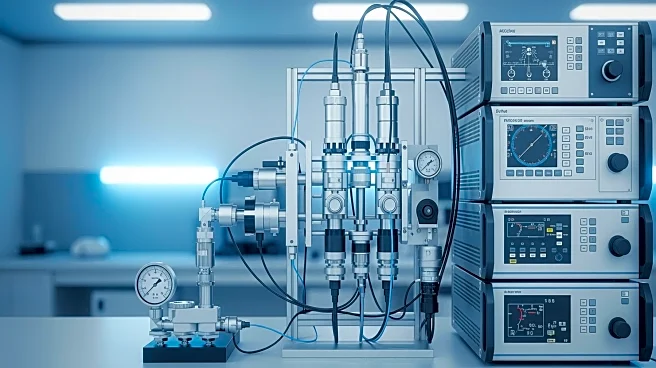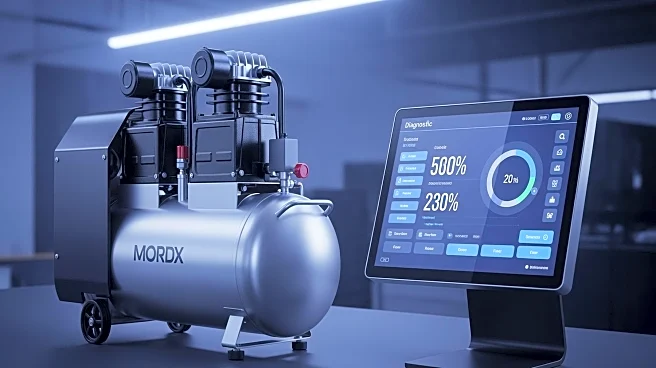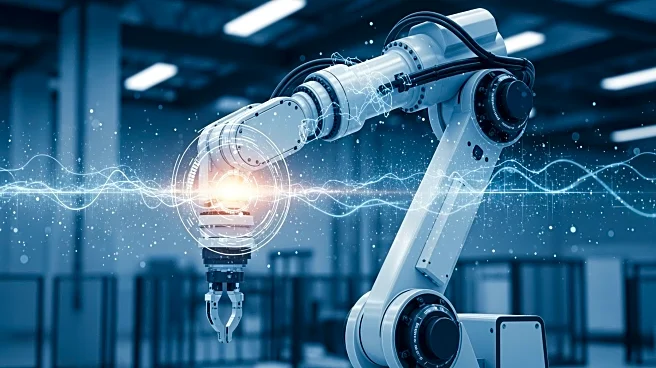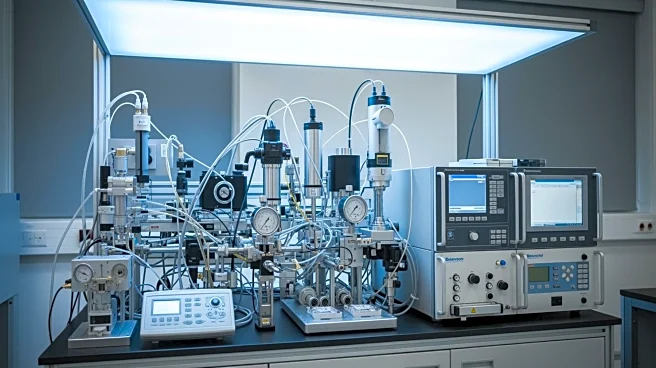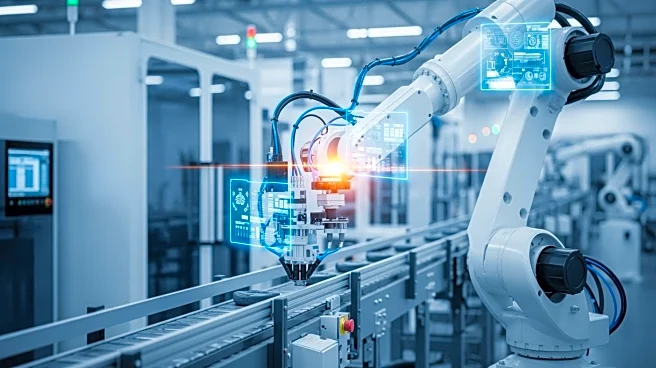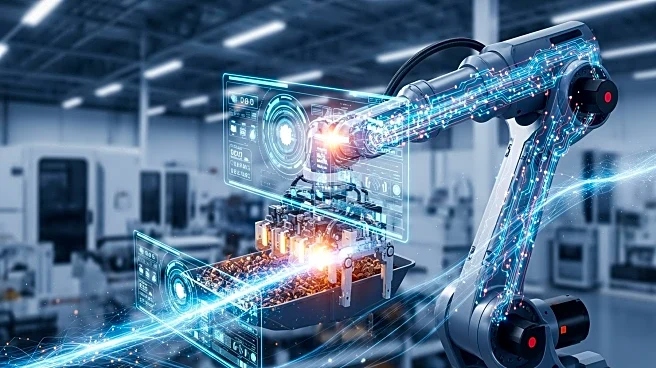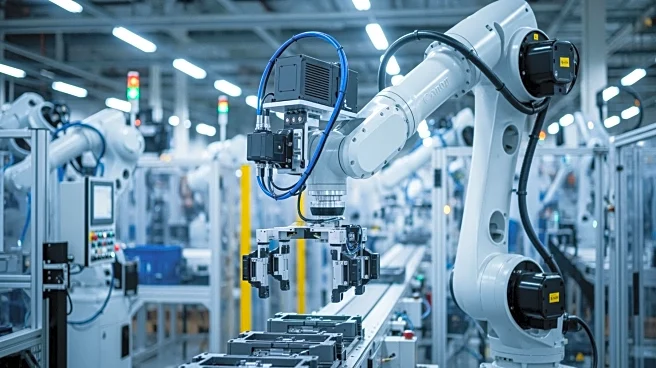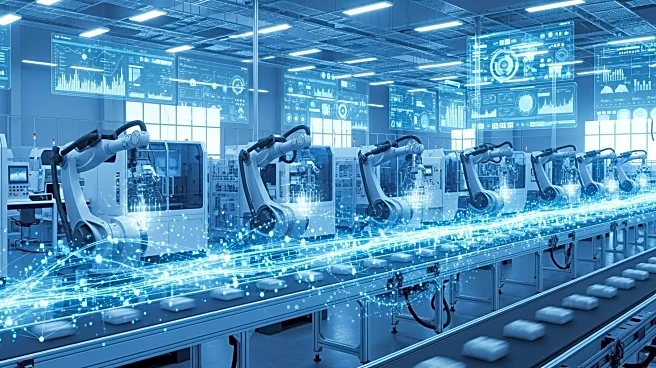What's Happening?
Manufacturers are increasingly grounding their digital transformation efforts in verified as-built data to bridge the gap between design intent and operational reality. This shift addresses the 'digital trust gap' caused by incomplete records and undocumented
upgrades in industrial sites. By focusing on the as-built world, manufacturers aim to create digital systems that accurately reflect the current state of facilities. Technologies such as terrestrial laser scanning, drone LiDAR, and photogrammetry are being utilized to capture reality data, providing a comprehensive and measurable record of existing conditions. This approach enhances collaboration, safety, and cost efficiency by allowing teams to explore facilities virtually, reducing the need for onsite inspections.
Why It's Important?
The integration of as-built data into digital transformation initiatives is crucial for the industrial sector's next wave of innovation, including AI-driven insights and autonomous inspections. Accurate spatial data is essential for optimizing facility operations and ensuring digital continuity. As manufacturers strive for competitiveness, the reliability of facility data becomes a key factor in achieving performance gains. By grounding transformation in verified as-built data, organizations can reduce uncertainty, strengthen collaboration, and create conditions for continuous improvement. This approach not only enhances existing systems but also transforms how companies operate, making digital transformation a core aspect of business strategy.
What's Next?
Manufacturers are expected to continue investing in reality capture technologies and visual twin platforms to enhance their digital transformation efforts. As these technologies mature, visual twins will evolve from one-off projects into long-term operational assets, serving as a shared reference point for design, maintenance, and decision-making. The focus will be on building an integrated ecosystem where visual information is accessible to all teams, not just engineers or CAD experts. This will facilitate a reality-centric future where digital transformation is measurable and enduring, driven by a shared, verified understanding of reality.
Beyond the Headlines
The adoption of as-built data in digital transformation initiatives highlights the importance of bridging the gap between engineering and operations. By linking design intent with operational reality, manufacturers can reduce inefficiencies and improve safety. This approach also emphasizes the need for trustworthy spatial data as a foundation for AI-driven insights and autonomous inspections. As manufacturers embrace this reality-centric approach, they are likely to see long-term benefits in terms of collaboration, cost efficiency, and continuous improvement.
